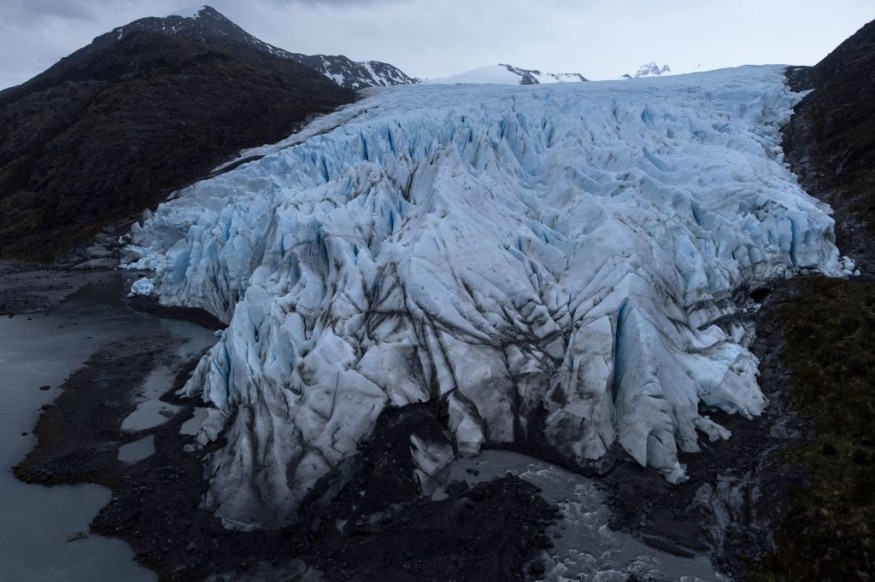The red snow or blood snow event is a common worldwide natural phenomenon, especially during the melting season in the spring. The blood snow phenomenon is the accumulation of red-colored snow caused by red snow algae living on the snow surface.
This phenomenon is also the occurrence of an algal bloom-characterized by the rapid increase of the red algae population on ice or water systems. Researchers found that the algae can accelerate the melting of snow even more during the melting season-aggravated by climate change.
Correlation between Red Algae and Climate Change

Amid climate change and global warming, the red snow algae melt the snow surface through a photosynthetic process as a form of protection from sunlight's radiation.
Due to this, scientists are alarmed that the rising global temperatures hasten the occurrence of algal blooms, which in turn, increases the melting of ice globally.
Researchers from Japan have developed a model to predict the blood snow phenomenon, as per a study published in the Journal of Geophysical Research: Biogeosciences. The study was conducted by researchers from The University of Tokyo and the Institute of Industrial Science.
According to Yukihiko Onuma, the study's lead author, the objective of their research was to predict the time and place of the blood snow phenomenon and its effects on snowfall across the world.
The study was conducted at a time when the cryosphere, which includes all the frozen places on Earth, is at risk due to global warming. Onuma said "It's important to understand why and when these algal blooms occur," as per Phys.org.
The melting of ice from glaciers has been widely attributed to global warming caused by human-induced climate change, but recent studies have shown that climate change and algal bloom both accelerate the melting of ice.
Since the red algae appear on the snow surface during a thaw, a period of warmer weather that causes ice and snow to melt, climate change is accelerating this process.
Also read : Scientists Are Baffled by Origin of New Species of Red Algae Threatening Coral Reefs of Hawaii
Researchers Predict Algal Blooms
The researchers from Japan conducted the study by using a previously developed simple snow algae model and combined it with additional factors that trigger the occurrence of algal blooms like snowfall and daytime length. The researchers tested the new model using data from 15 sites across the world.
Through the new model, the researchers incorporated the model to create a global snow algae simulation. According to Onuma, the simulation predicted algal blooms in locations where they occurred in the past.
The study concluded that red snow algal blooms are connected with the duration of how long a snow cover persisted melts and the time of the new snowfall during the season.
Red Algae Accelerates Melting of Snow and Ice
In a study published in the journal Nature Communications, researchers have proven the effects of algal bloom by analyzing the distribution patterns of snow algae collected from the glaciers and snow patches in the Arctic and Antarctica.
In this separate study, the researchers said the red color of the blood snow is caused by blooms of red-pigmented green algae in melted snow.
The researchers explained that red pigments are called carotenoids, an organic matter which serves as antioxidants and protection for algal cells exposed to the radiation of the sun. The organic matter produced by the algae accelerates the melt rate.
Furthermore, both studies confirm that the red algae accelerate snowmelt when they darken the snow's surface. This darkened surface becomes warmer for the snow to melt faster.
Related article : Spooky 'Blood Snow' Invades Antarctic Island
© 2025 NatureWorldNews.com All rights reserved. Do not reproduce without permission.





